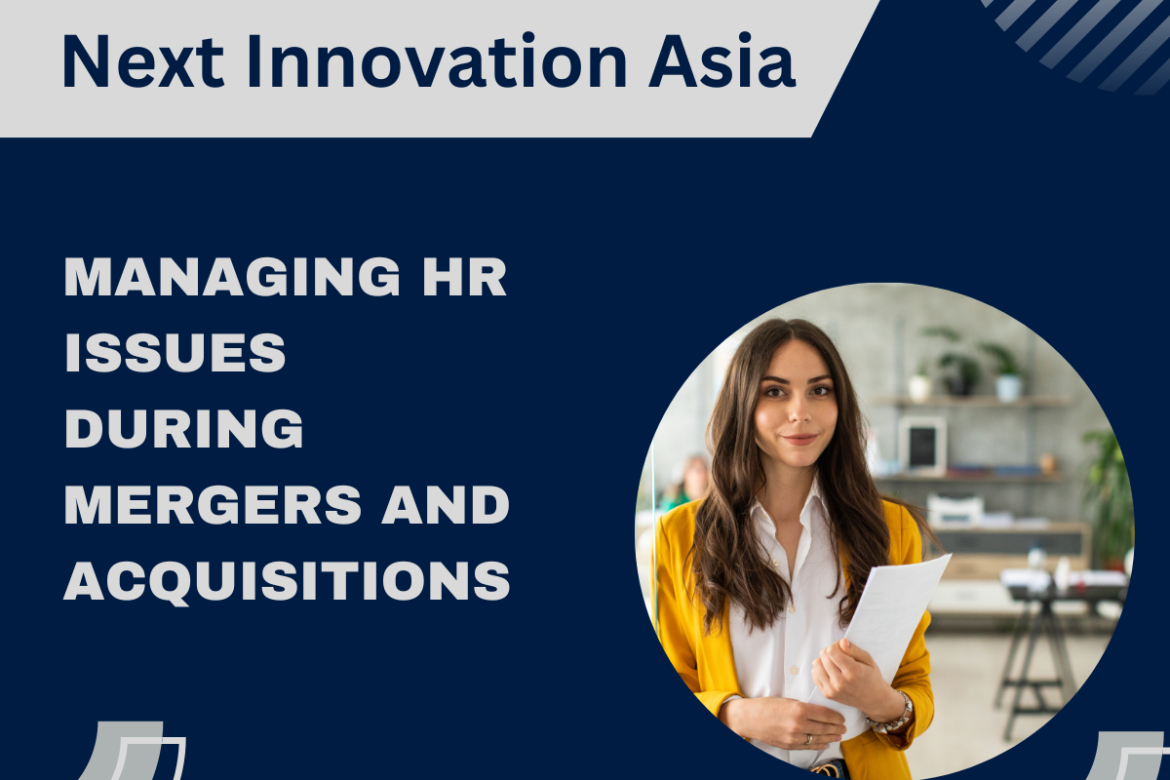Introduction: Mergers and acquisitions (M&A) bring significant changes to organizations, impacting various aspects of the business, including human resources. HR professionals play a critical role in managing the challenges that arise during these transitions to ensure a smooth integration of people and cultures. In this blog post, we will explore the HR challenges faced during mergers and acquisitions and provide strategies to navigate them successfully.
- Preparing for Change: a. Conducting a comprehensive HR assessment to identify potential challenges and opportunities. b. Creating a communication plan to address employee concerns and uncertainties. c. Developing a strategy to retain key talent and address employee retention risks.
- Cultural Integration: a. Assessing cultural differences between the merging organizations and developing a plan to bridge gaps. b. Establishing a common set of values and creating a new organizational culture. c. Implementing cultural integration initiatives, such as team-building activities and cross-functional collaborations.
- Workforce Planning and Redundancies: a. Evaluating workforce redundancies and identifying positions that may be affected. b. Developing a fair and transparent process for selecting employees in case of downsizing or restructuring. c. Providing support and resources for employees affected by workforce reductions, such as outplacement services or retraining programs.
- Benefits and Compensation Harmonization: a. Evaluating and aligning employee benefits and compensation structures across the merged organizations. b. Ensuring fairness and equity in the new compensation system. c. Communicating changes in benefits and compensation effectively to employees.
- Talent Management and Retention: a. Developing a talent management strategy to identify high-potential employees and key talent from both organizations. b. Implementing retention initiatives, such as career development programs, mentorship opportunities, and recognition programs. c. Providing support and guidance to employees navigating through organizational changes.
- HR Policy and Process Alignment: a. Assessing and aligning HR policies, processes, and systems to ensure consistency and efficiency. b. Reviewing and updating employee handbooks, policies, and procedures to reflect the new organization. c. Providing training and resources to HR staff to handle the challenges specific to the M&A process.
- Change Management and Communication: a. Developing a comprehensive change management plan to guide employees through the transition. b. Establishing effective communication channels to keep employees informed and engaged throughout the M&A process. c. Addressing employee concerns and providing opportunities for feedback and input.
Conclusion: Mergers and acquisitions can be complex and challenging, but with careful planning, strategic execution, and proactive HR management, organizations can successfully navigate these transitions. By addressing cultural integration, workforce planning, benefits harmonization, talent management, HR policy alignment, and change management, HR professionals can play a crucial role in ensuring a smooth and successful merger or acquisition process.

